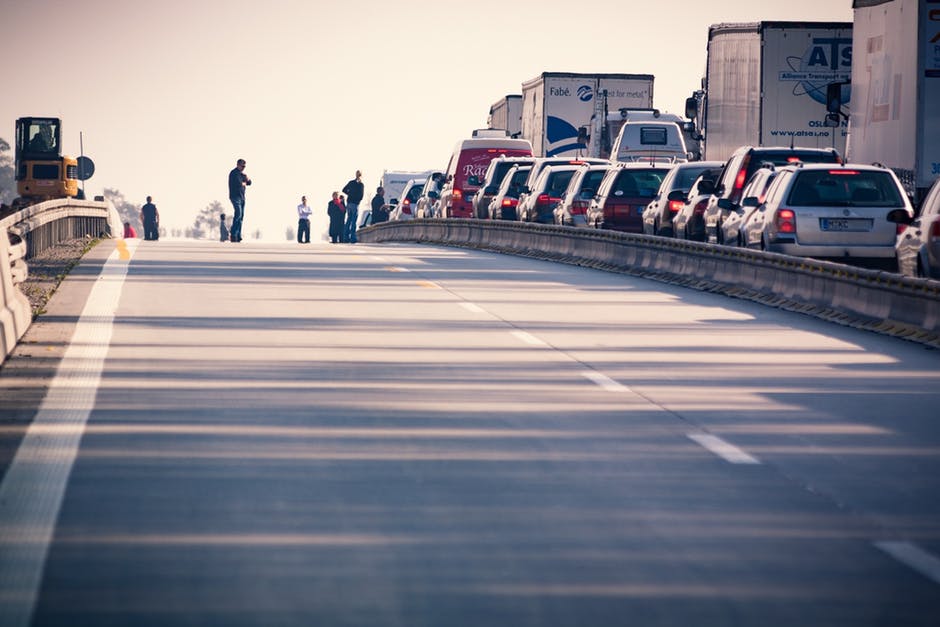Driving is one of the best life skills a person can learn, and it’s used almost every day in our lives from the time we pass our test. It’s useful to everyone because of the reliable transportation, and because having a car means you can go anywhere at anytime; it’s a great sense of independence!
But that doesn’t mean it’s not dangerous. There’s all kinds of road rules and regulations to minimise the amount of damage someone can experience behind a wheel, but it’s not a perfect solution. Whether you’re going long distance, or you’re just headed down the road, something dangerous could happen on the road.
And even when you’re being as safe as possible, both hands on the wheel and eyes checking your mirrors regularly, there’s no guarantee everyone else around you is going to be doing the same thing. So if a crash occurs and you’re involved, you’re going to need to know what to do, and here’s some pointers to follow.
What to Do Immediately After
First of all, you’re going to want to check yourself over to see if you’re hurt, and then check on anyone else who might be in the car with you. If you’re not safe and sound immediately, it’s the first thing for you to take care of before trying anything else! You’re going to want to call for the emergency services here, and if you can see visible wounds or serious pain, try not to move either.
If you can move, make sure you get yourself out of your car and off of the road, to keep you out of any other oncoming vehicles. And if you haven’t already called 911, now’s the time to do so. You’re going to want the police there for insurance purposes, and also to make sure everything remains calm and stable between you and the other driver, and on the road itself.
Then you’ll need to exchange all the pertinent information with the other driver involved, as having contact numbers for court cases and insurance claims is going to make the entire process less of a hassle and dealt with a lot sooner. So make sure they know your full name and how to contact you, your insurance policy number and who provides it, and your license and number plate. It’d also be good to note down each other’s car models and colors, and also where exactly the accident took place. Try not to discuss anything else here, as noted below.
Then See if You Can Make a Claim
Once you’re away from the accident, now’s the time for you to file the claim with your insurance, to see the condition your car is in and whether they’ll pay for it or not. You might even encounter a write off for your vehicle, and this is your chance to get money back to put towards a better, and maybe even safer, vehicle. Modern ones have stronger materials making up the front of the car, meaning they’ll absorb most of, if not all, of the impact from any other accidents. And if you’ve got an interior with locking seat belts and airbags on your side, you’re going to come away with whiplash as a minimum.
If you were on a smaller vehicle when you collided with someone, make sure you look into getting legal assistance on your side, as it’s quite common for people who use motorbikes to be at the helm of crash statistics. But thankfully, motorcycle accident lawyers are out there to smooth the way for you, and to make sure you receive all the compensation you deserve. Don’t agree to taking any blame without your lawyer there to guide you!
Navigating the aftermath of any road accident is hard, and it’s going to be a very shocking time for you. But there’s plenty of aid to guide you through a situation like this, and you’re going to make it out the otherside just fine if you have these senses about you.
Don’t let yourself panic too much, make sure you’re OK before doing anything else, and then get out of or off of your vehicle and get yourself to a much safer place. It’s important that you take care of yourself before anyone else, and focus on the task at hand without thinking over the damage too much. Let the emergency services handle all of that!







